AI is coming for your CVs, news and cat pictures
Deep learning, machine learning and related technologies are creating a new level of weird (and sometimes useful) tools
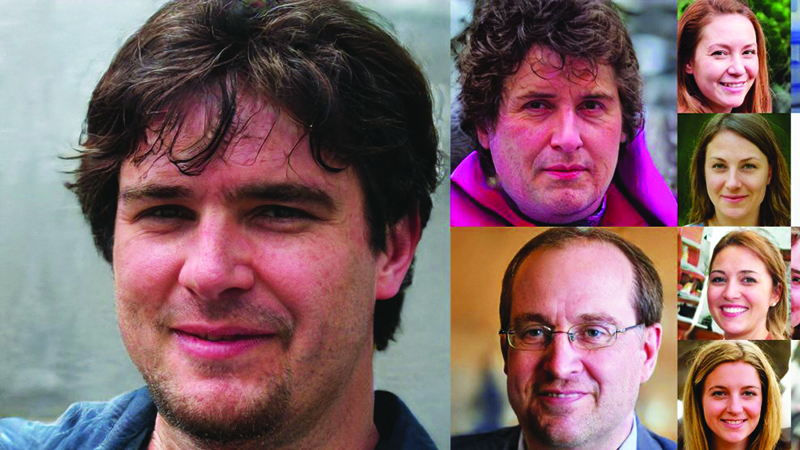

Artificial intelligence is creating faces,text, recipes and even CVs. The latest AI and neural network research highlights how far such work has come, but also highlights the complexity of using such models to create something new. We explore five examples of ways AI are creating and the work that goes into powering them.
Imaginary stock photos
Researchers at Nvidia have made people well, photos of them, at least. Building on existing work that uses generative adversarial networks to make images of faces, Nvidia added a system called Transfer, which steals aspects of real faces to enhance fake ones. So it's nabbing a nose from here, eyes from there, and without any human interaction combining them into realistic photos of people who have never existed. The system takes two source photos. Source A will inspire a specific feature, such as gender or age or pose, while source B fills in the rest. You can check out theconvincing examples at thispersondoesnotexist.com or simply look at the lead image on this article.
Such work raises concerns about fake images being too realistic can we trust our eyes anymore? but making the photos not only required neural network skills, but alsoaweek on eight Tesla GPUs to create one set of faces. And spoof versions, such as the uncanny cat-like monsters at thiscatdoesnotexist.com,show how difficult it still is to make realistic fake photos.
Neural network CVs
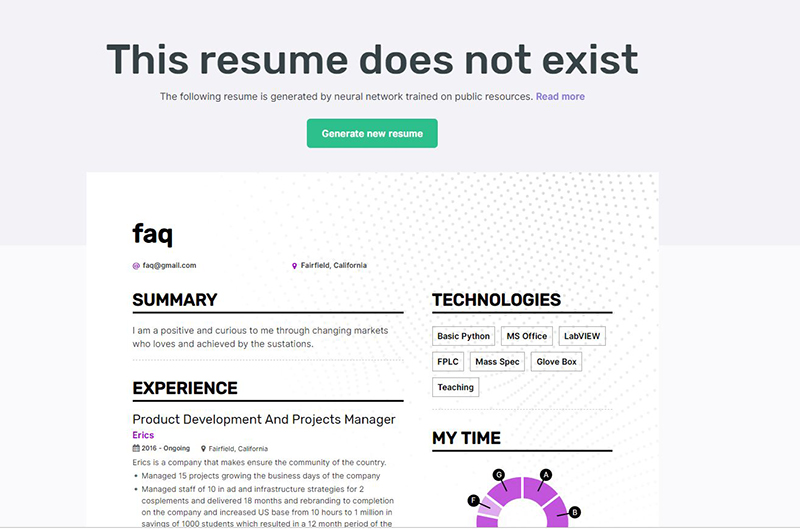
Why not let a neural network write your CV for you? To be clear, the rsum generator made by Enhancv a CV-constructing site won't spit out a list of your own accomplishments, but instead list work and skills culled from the internet. Why? The company says the aim was to show a wider range of examples of what CVs could be designed to look like. The photos that run alongside many CVs are from Nvidia's project. Head to thisresumedoesnotexist.com to give it a go.
Photo editing the easy way
Photoshopping takes skills. A team of researchers from South Korea has created an algorithm that allows us humans to tell a neural network how we would like to change a photo: switching hairstyles, adding a smile, strengthening their jaw line, even removing sunglasses. Doodle on the image and the neural network understands that you would like the hair to be fluffier or theglasses removed, grabbing its ideas from other images. Not only could it be great for trying out new hairstyles but also for creating spoof images that show a public figure smiling in aserious moment. Welcome to the future.
Flavourful AI
Artificial intelligence isn't just making photos and CVs: it's also making flavours. IBM and spice maker McCormick & Company have teamed up to use AI to generate new food ideas, hoping to cut down the number of iterations a formula goes through before it's ready for home cooks. The AI pulls in market research data, decades of existing formulas, ingredient lists, and key restrictions such as vegetarian or kosher, then invents formulas for food flavourings for sauces, condiments and spice mixes. The results will hit shelves this year, including a flavour mix of spices for Tuscan chicken.
OpenAI's GPT-2
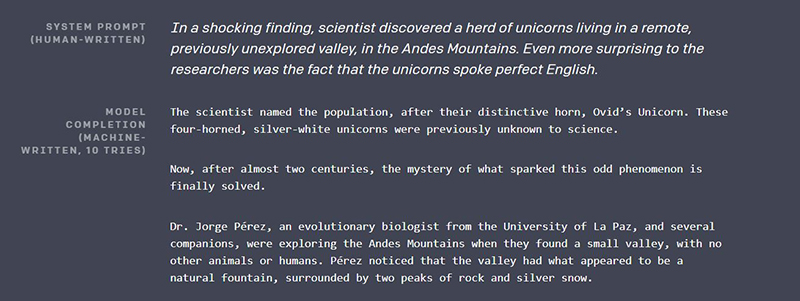
Give this system a prompt and it will spit out coherent sentences on the same theme. Trained on eight million web pages, scraped from sites linked to from Reddit, GPT-2 simply predicts the next word based on previous words an advanced version of autosuggest on phone keyboards. Notonly does it produce seemingly sensible text, but it writes in the correct tone: for example, a story about celebrities takes on a tabloid vibe, while a prompt in the style of a teacher giving homework to a student sparks a school-level essay. That said, it does take a few tries to get a good sample, with the model generating useful text about half the time, and the sentences aren't necessarily factually accurate.
Get the ITPro daily newsletter
Sign up today and you will receive a free copy of our Future Focus 2025 report - the leading guidance on AI, cybersecurity and other IT challenges as per 700+ senior executives
Indeed, OpenAI was so worried that the system could be abused for nefarious uses that it has refused to release the entire model and dataset. While the text generator could be used to build better translation or speech recognition systems, OpenAI is worried it could also be used to make fake news articles and automate spam or improve social media bots. (This article was written by a human, though. Or was it?)
Barry Collins is an experienced IT journalist who specialises in Windows, Mac, broadband and more. He's a former editor of PC Pro magazine, and has contributed to many national newspapers, magazines and websites in a career that has spanned over 20 years. You may have seen Barry as a tech pundit on television and radio, including BBC Newsnight, the Chris Evans Show and ITN News at Ten.
-
 Why keeping track of AI assistants can be a tricky business
Why keeping track of AI assistants can be a tricky businessColumn Making the most of AI assistants means understanding what they can do – and what the workforce wants from them
By Stephen Pritchard
-
 Nvidia braces for a $5.5 billion hit as tariffs reach the semiconductor industry
Nvidia braces for a $5.5 billion hit as tariffs reach the semiconductor industryNews The chipmaker says its H20 chips need a special license as its share price plummets
By Bobby Hellard
-
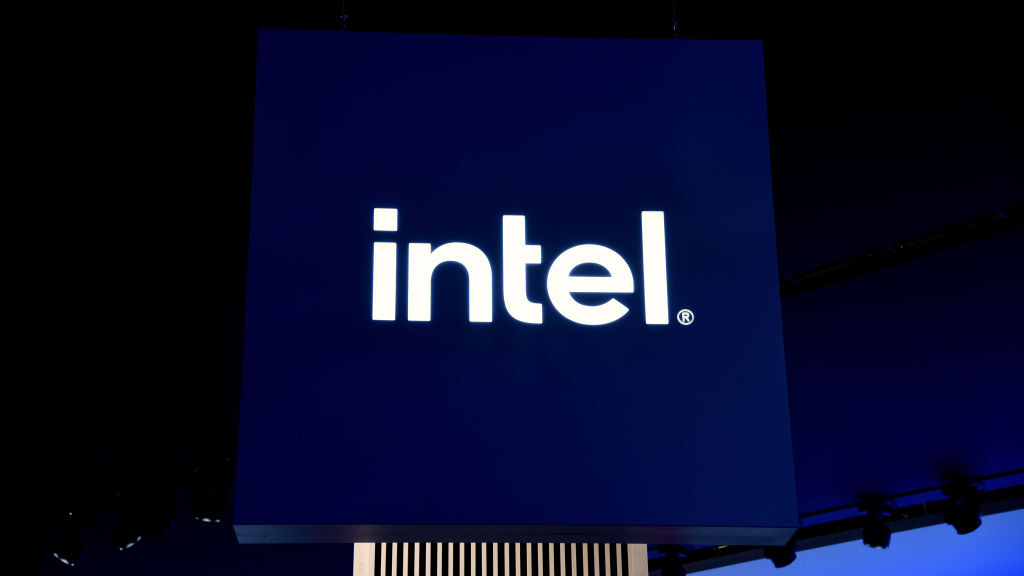 Intel targets AI hardware dominance by 2025
Intel targets AI hardware dominance by 2025News The chip giant's diverse range of CPUs, GPUs, and AI accelerators complement its commitment to an open AI ecosystem
By Rory Bathgate
-
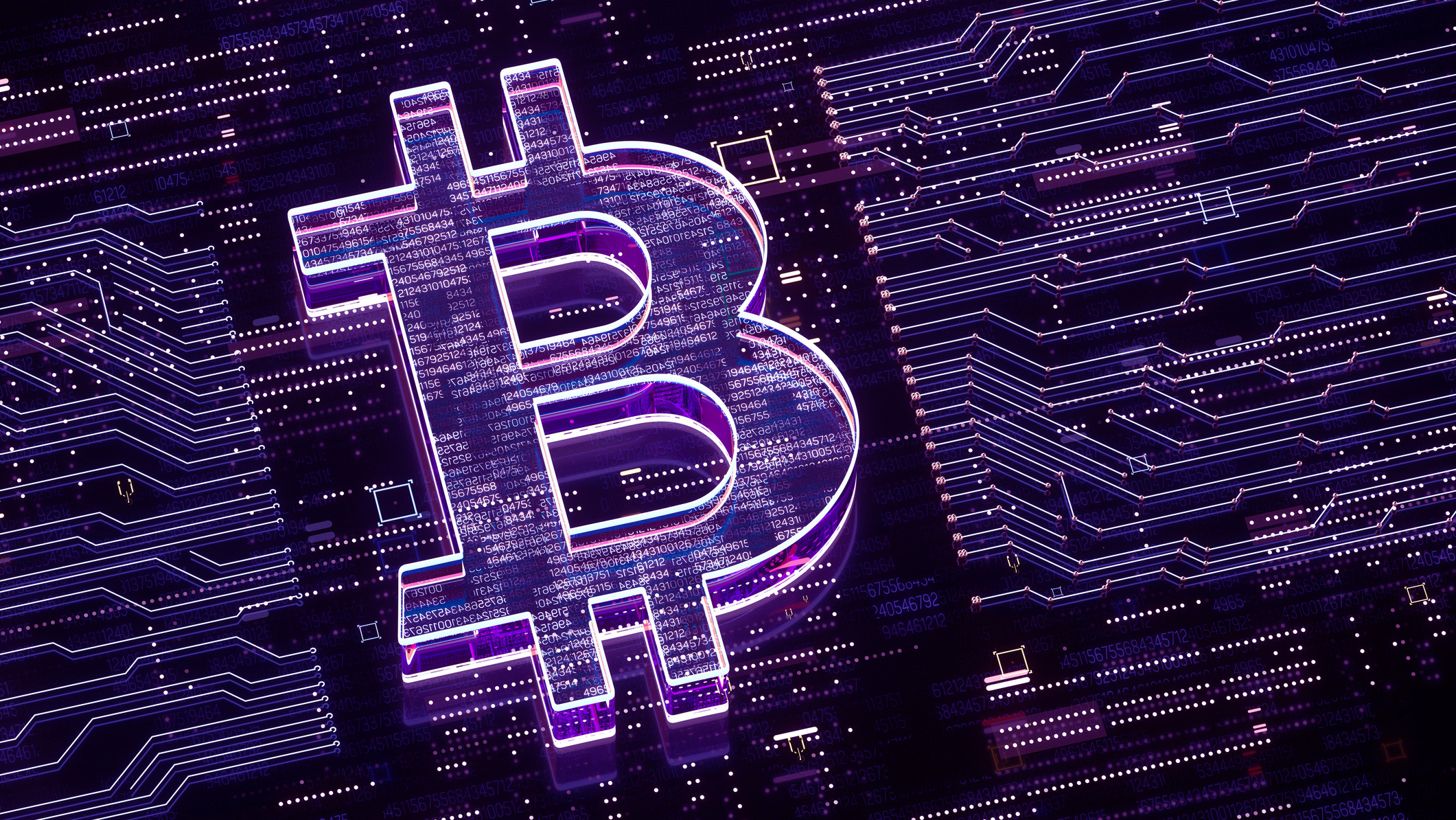 Calls for AI models to be stored on Bitcoin gain traction
Calls for AI models to be stored on Bitcoin gain tractionNews AI model leakers are making moves to keep Meta's powerful large language model free, forever
By Rory Bathgate
-
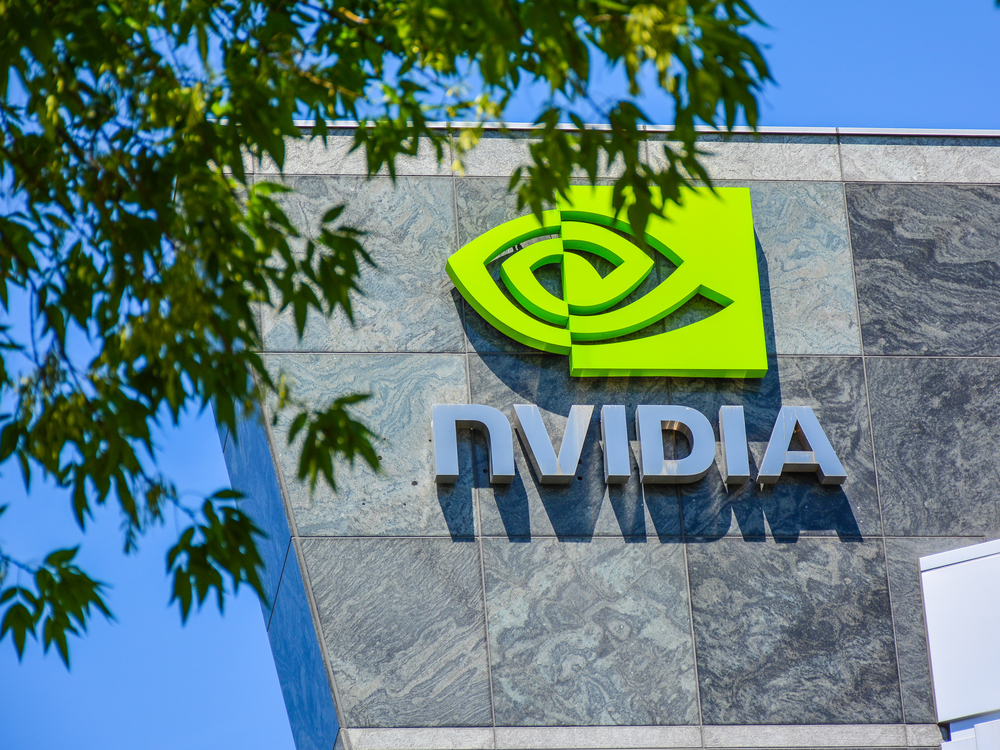 Why is big tech racing to partner with Nvidia for AI?
Why is big tech racing to partner with Nvidia for AI?Analysis The firm has cemented a place for itself in the AI economy with a wide range of partner announcements including Adobe and AWS
By Rory Bathgate
-
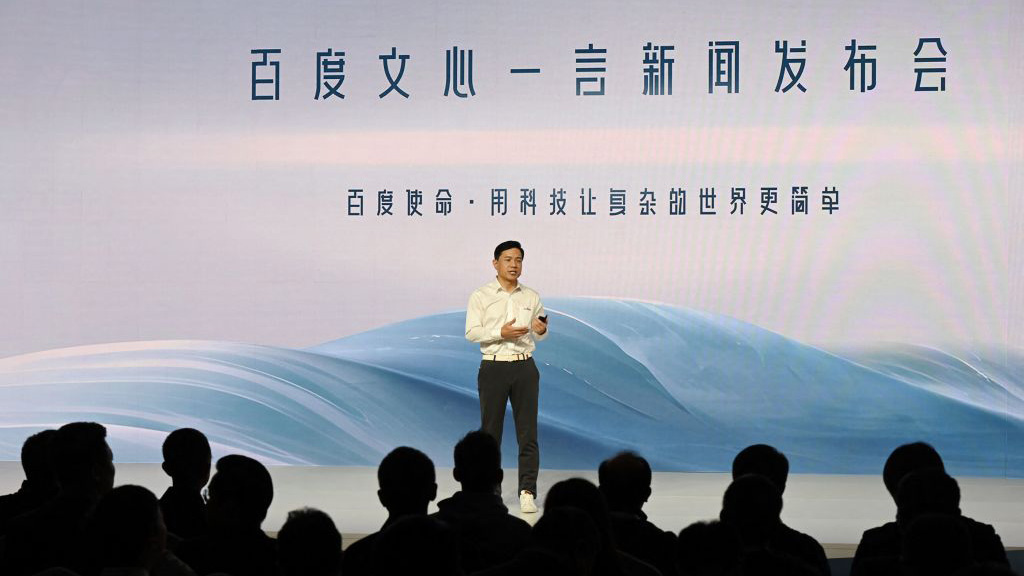 Baidu unveils 'Ernie' AI, but can it compete with Western AI rivals?
Baidu unveils 'Ernie' AI, but can it compete with Western AI rivals?News Technical shortcomings failed to persuade investors, but the company's local dominance could carry it through the AI race
By Rory Bathgate
-
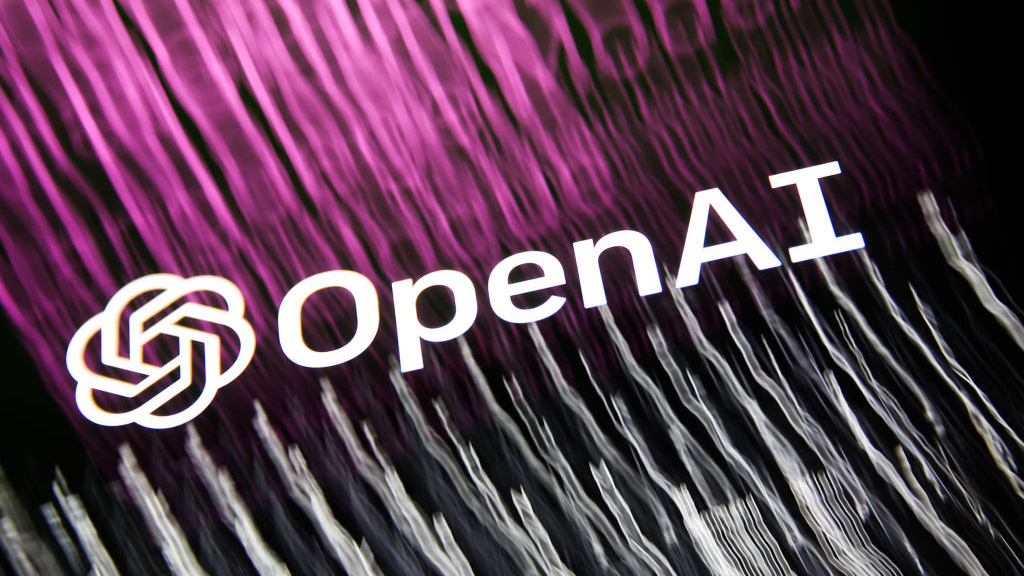 OpenAI announces multimodal GPT-4 promising “human-level performance”
OpenAI announces multimodal GPT-4 promising “human-level performance”News GPT-4 can process 24 languages better than competing LLMs can English, including GPT-3.5
By Rory Bathgate
-
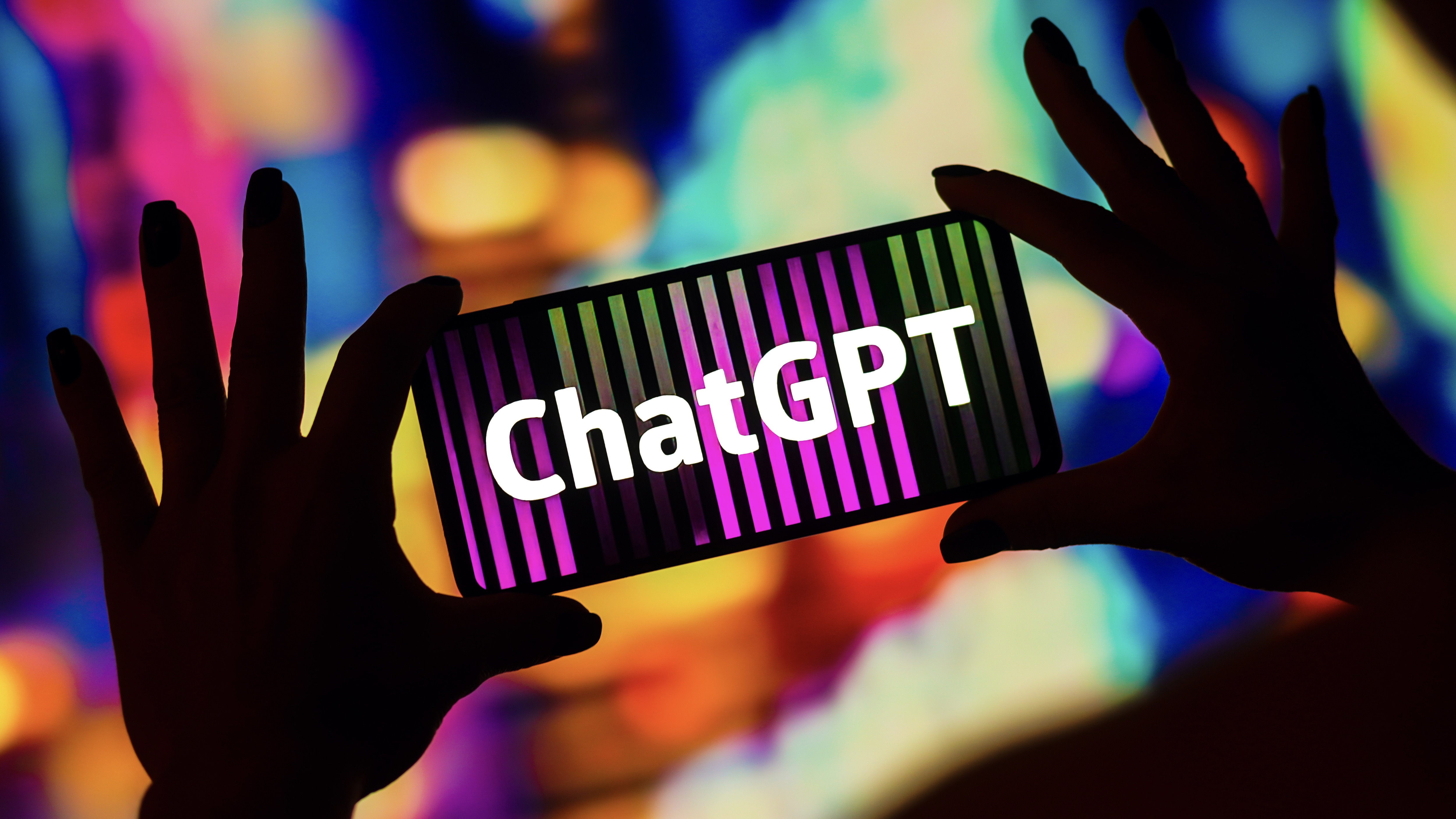 ChatGPT vs chatbots: What’s the difference?
ChatGPT vs chatbots: What’s the difference?In-depth With ChatGPT making waves, businesses might question whether the technology is more sophisticated than existing chatbots and what difference it'll make to customer experience
By John Loeppky
-
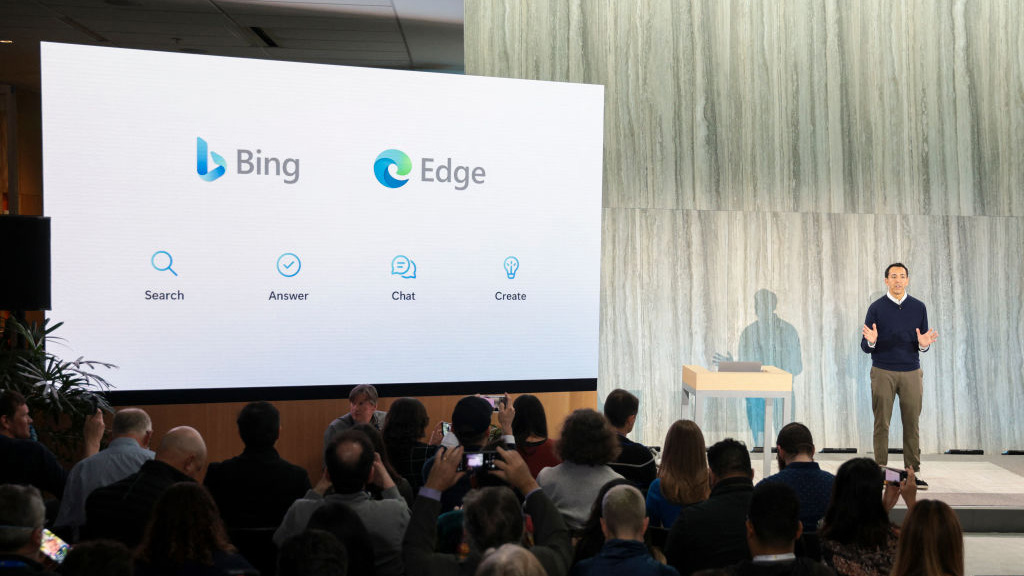 Bing exceeds 100m daily users in AI-driven surge
Bing exceeds 100m daily users in AI-driven surgeNews A third of daily users are new to the past month, with Bing Chat interactions driving large chunks of traffic for Microsoft's long-overlooked search engine
By Rory Bathgate
-
 OpenAI launches ChatGPT API for businesses at competitive price
OpenAI launches ChatGPT API for businesses at competitive priceNews Developers can now implement the popular AI model within their apps using a few lines of code
By Rory Bathgate